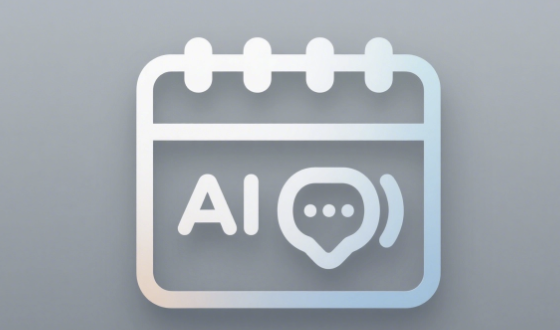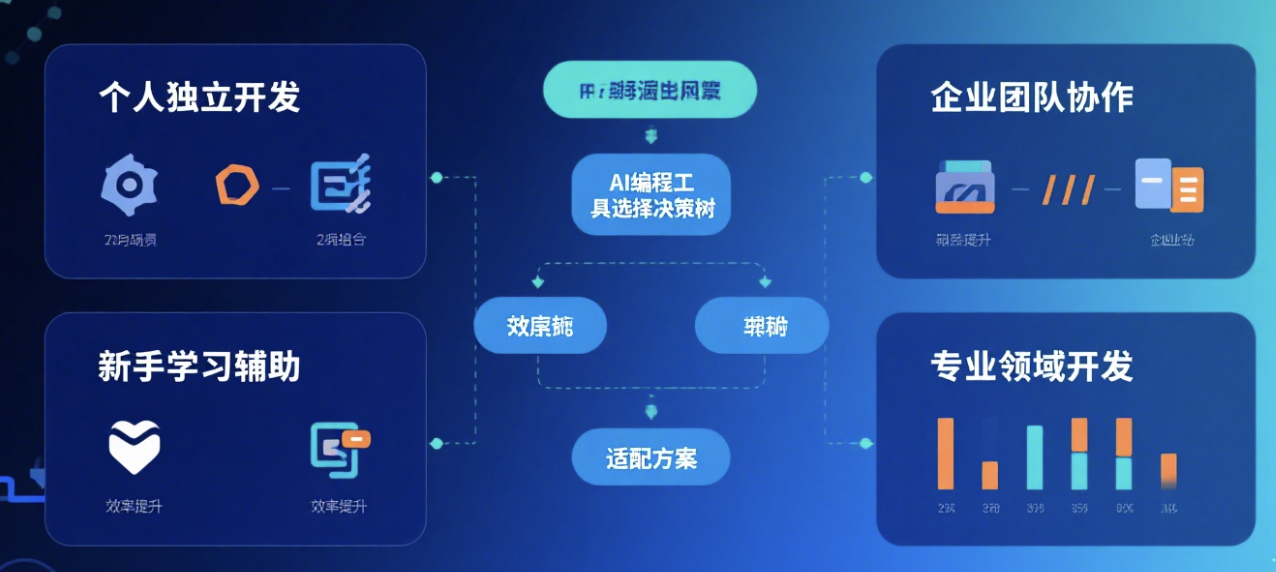10 AI efficiency improvement tools that operators must learn. In 2025, AI, artificial intelligence and AI tools will become the infrastructure for operational positions. With the help of large models and automation such as ChatGPT, Claude, Notion AI, and Zapier, content production, event construction, community maintenance, and data analysis are fully moving towards intelligence and automation. This article selects 10 tools and landing methods to help you establish a reusable and efficient operation system.
1. List of 10 AI Efficiency Improvement Tools
1. ChatGPT
AI tools are good at generating multi-version copywriting, event speech, FAQ and customer service scripts, which can summarize massive conversations and comments into key points, and cooperate with prompt engineering to quickly achieve intelligent and automated content pipelines.
2. Claude
artificial intelligence is more stable in long texts and complex structured information, and Claude can merge interview minutes, output activity reviews and risk lists, which is suitable for the review and polishing of operational strategies, white papers and cross-departmental communication.
3. Notion AI
AI tool centralizes the management of knowledge base, SOPs, and schedule reminders, automatically generates activity templates, review lists, and collaborative division of labor, allowing operational assets to be precipitated and version traceable, and supporting intelligent team collaboration.
4. Airtable AI
combines database and AI generation to generate fields, auto-complete tags, and priority scoring with one click, making it suitable for automated management of material libraries, KOL lists, and event scheduling.
5. Zapier AI
uses AI-driven cross-application automation, connecting forms, emails, social media, and CRM, writing leads into forms, automatically sending notifications, and synchronizing data back to the database, building an end-to-end intelligent workflow.
6. Make (AI-enhanced)
combinesvisual orchestration with large models to quickly connect forms, ChatGPT and Claude to automate community welcome private messages, event verification and data backfilling.
7. Microsoft Copilot
completes official document rewriting, formula generation and roadshow outlines in Word, Excel and PowerPoint, which is suitable for intelligent production of event plans, budgets and reports.
8. Google Gemini (Workspace)
Gmail, Docs, Sheets and Meet are deeply integrated to automatically summarize emails and meetings, generate task and schedule suggestions, and help the operation team shorten communication and alignment costs.
9. Power BI Copilot
machine learning automatically generates charts and data interpretation, quickly outputs visual narratives of channel comparison, delivery efficiency and growth indicators, and builds data-driven automated reviews.
10. Zendesk AI
empowers customer service and ticket scenarios, automatically classifies intentions, generates draft replies and knowledge recommendations, reduces response delays, and precipitates high-frequency Q&A to the knowledge base to support intelligent service operations.
2. Operational workflow implementation: from content to growth closed-loop
1. Content and material production
(1) Use ChatGPT to generate titles, summaries, and CTAs in batches, and Claude unifies the tone and sensitive words.
(2) When you need vision, use Midjourney and Stable Diffusion to generate concept maps, and then use Microsoft Copilot or Canva to adapt them.
(3) Notion AI precipitates templates and best practices to build reusable material libraries and SOPs.
2. Event Construction and Collaborative Scheduling
(1) Airtable AI establishes the main table and dependent view of the event to automatically score the priority.
(2) Make or Zapier AI writes the registration form to Airtable, triggering emails and community notifications to form an automated link.
(3) Google Gemini and Microsoft Copilot generate meeting minutes and action items to ensure cross-departmental alignment.
3. Community and user operation
(1) ChatGPT generates welcome messages, task lists, and quarterly event scripts.
(2) Make automated hierarchical labels, and Claude merges feedback into a list of problems and suggestions for improvement.
(3) Zendesk AI connects to frequently asked questions, and automatically suggests replies and reports after the knowledge base hits.
4. Data analysis and review decision-making
(1) Power BI Copilot summarizes channel data and automatically outputs conversion, retention, and ROI interpretation.
(2) Claude writes the difference analysis, and ChatGPT generates review minutes and plans for the next cycle.
(3) Notion AI archives indicators, conjectures, and experimental results to form an intelligent operational knowledge graph.
3. Metrics and governance baseline
1. Efficiency indicators
(1) Content output cycle, number of approval rounds, and automated reach coverage.
(2) The first response time of the work order is the time it takes to solve the problem and the time it takes to align across departments.
2. Growth and quality indicators
(1) CTR, CVR, activation rate, retention rate and LTV.
(2) ROI, customer acquisition cost, knowledge base hit rate and customer service satisfaction.
3. Compliance and security
(1) Least privilege and hierarchical data access, sensitive field desensitization.
(2) ChatGPT and Claude output requires manual sampling and trace retention, and important external copywriting is reviewed by two people.
(3) The template library is versioned and tracked in Notion AI to ensure auditability and traceability.
4. 30-60-90 days implementation route
1. The first 30 days: build a base
(1) Establish a brand dictionary, banned words, and prompt engineering library for ChatGPT and Claude to share.
(2) Use Airtable AI to build activities and materialsThe main table is Notion AI precipitation SOP and template.
(3) Zapier AI or Make runs through form storage, email notifications, and data backfilling.
2. 31-60 days: Run a closed loop
(1) Access Power BI Copilot to launch channel kanban and automated narrative.
(2) Introduce Zendesk AI to shorten customer service delays and strengthen knowledge base construction.
(3) Google Gemini or Microsoft Copilot outputs weekly reports and meeting minutes to form an intelligent rhythm.
3. 61-90 days: Scale
(1) Precipitate high-conversion prompts, material layout and rhythm into standard parts.
(2) Expand multi-channel A/B and budget allocation to continuously optimize ROI.
(3) Quarterly review of ROI, automation coverage and knowledge base hit rate, and rolling upgrade process.
Frequently Asked Questions (Q&A)
Q: Which AI tools should the operation team prioritize?
A: It is recommended to use ChatGPT and Notion AI to solve copywriting and SOPs, then use Airtable AI to manage activities and materials, use Zapier AI or Make to automate in series, and then complete Power BI Copilot and Zendesk AI to form an intelligent closed loop.
Q: How do ChatGPT and Claude divide labor in operational scenarios?
A: ChatGPT is responsible for creativity and multi-version generation, suitable for copywriting, scripting, and speech; Claude is responsible for long articles and reviews, suitable for reviews, white papers and sensitive words, and the two work together to ensure that AI tools are fast and stable.
Q: How can you produce high-quality visuals without designers?
A: Use Midjourney and Stable Diffusion to quickly generate concept maps and key visuals, then use Microsoft Copilot or Canva to unify layout and size, and finally preserve reusable templates in Notion AI to achieve intelligent and low-cost mapping.
Q: How to make scattered data into automatic review?
A: Use Power BI Copilot to summarize platform data to generate narratives, Claude to supplement differences and risk descriptions, ChatGPT to generate reviews and plans, and all materials are stored in Notion AI to form a traceable automated review link.
Q: How to stabilize the response when the customer service volume is large?
A: Connect Zendesk AI to classify intents and draft replies, ChatGPT supplements personalized wording, and cooperates with Make or Zapier AI to upgrade complex questions to manual tasks, ensuring both efficiency and service quality and compliance.




